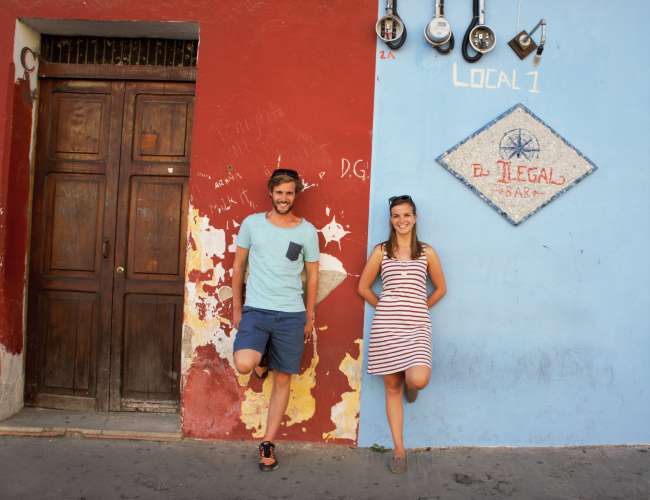Panama and the Caribbean
Publicado: 03.10.2017
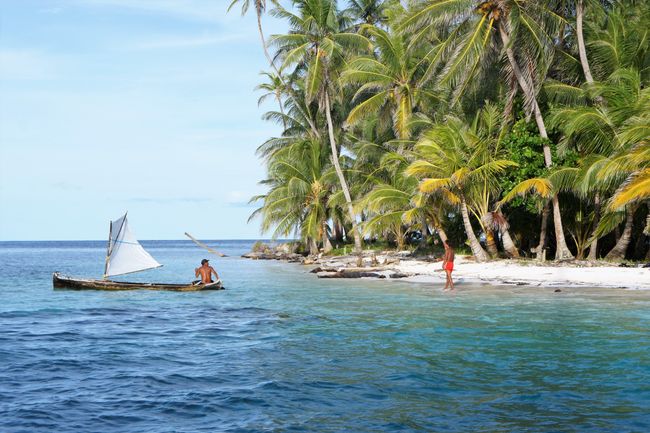
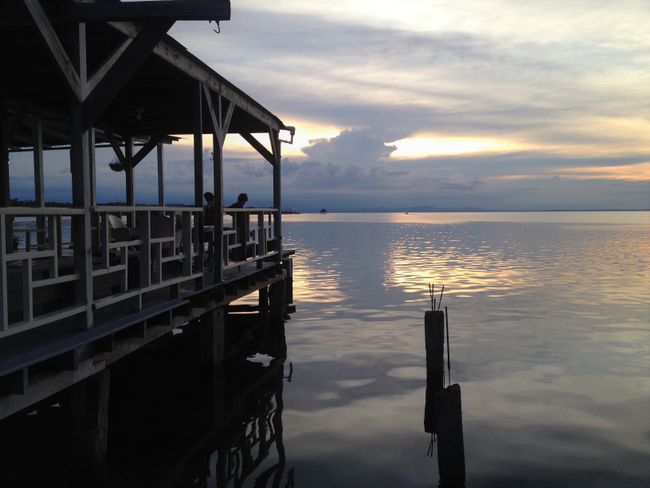
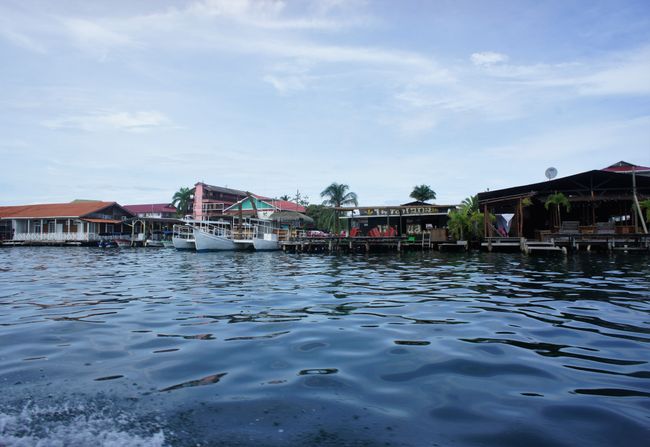
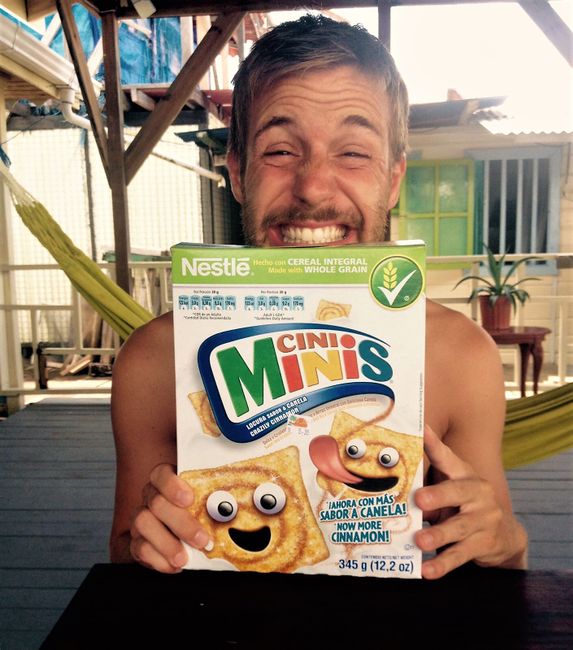
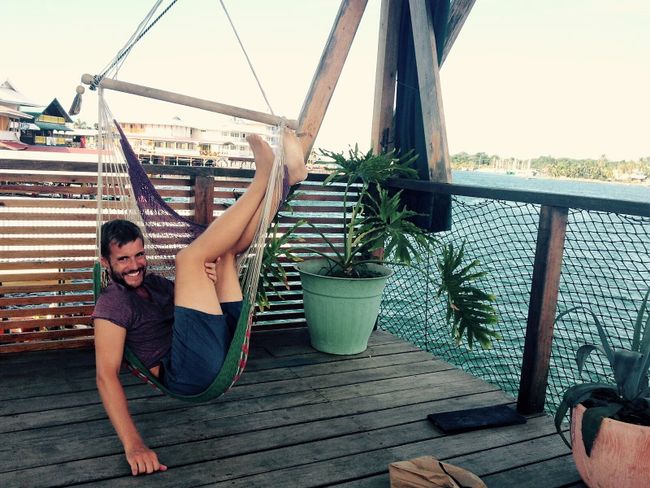
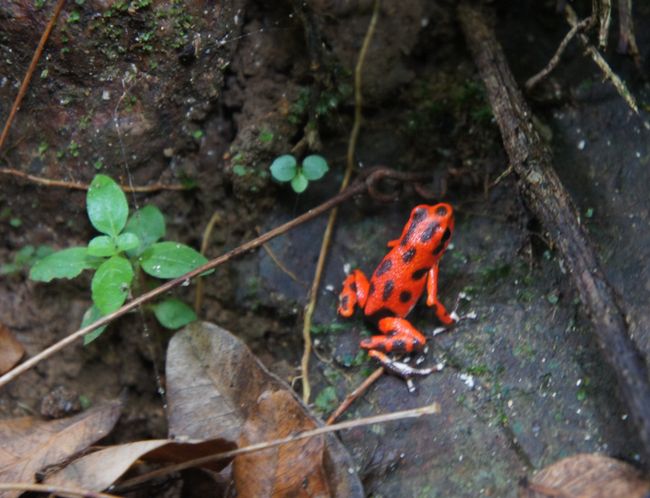
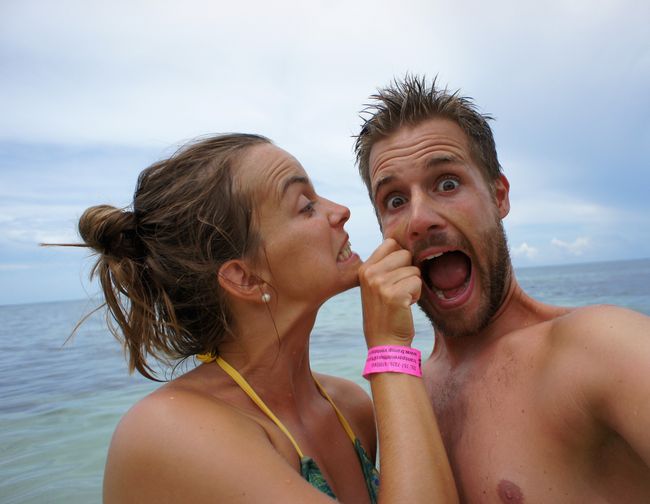

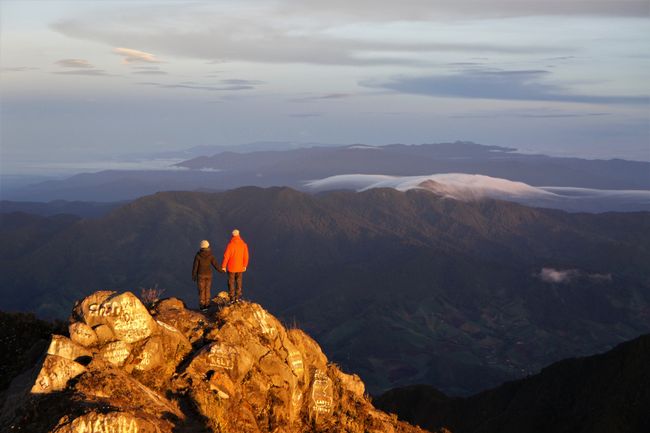
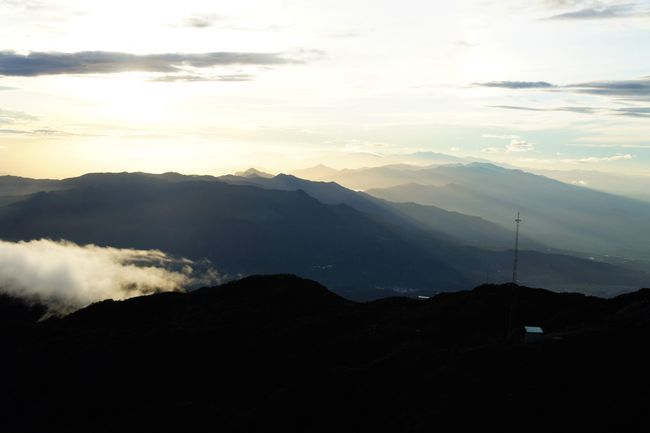
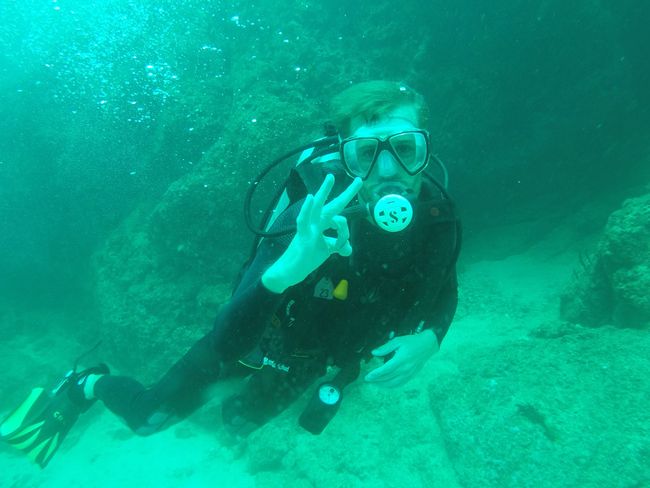
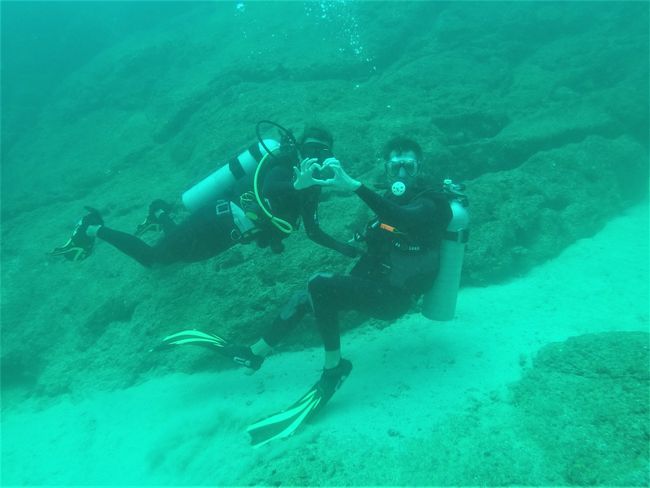
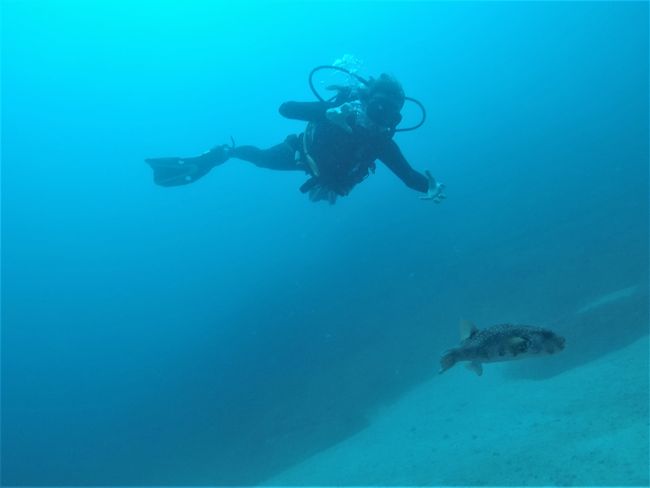
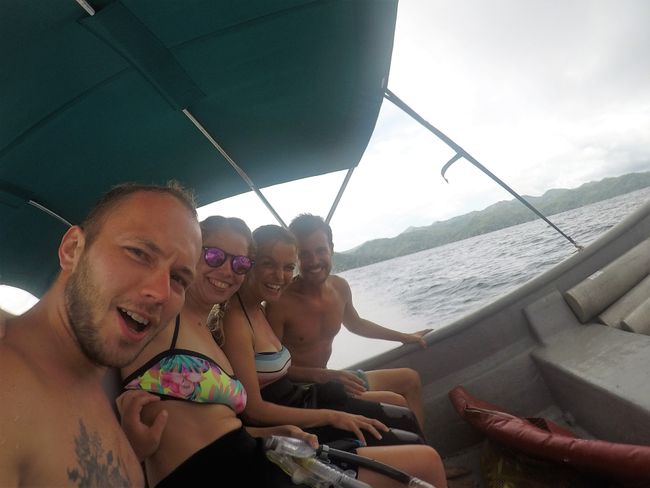
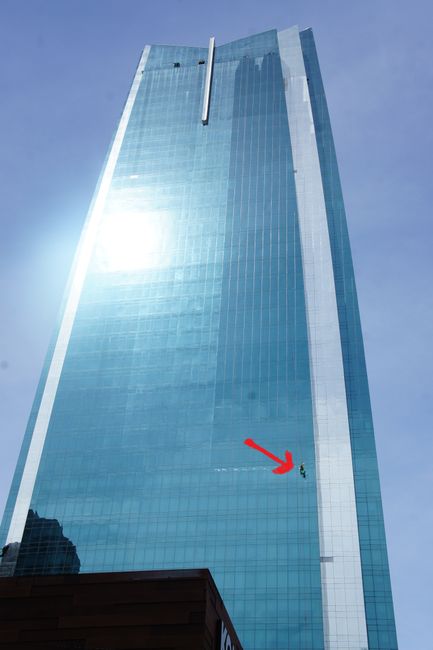
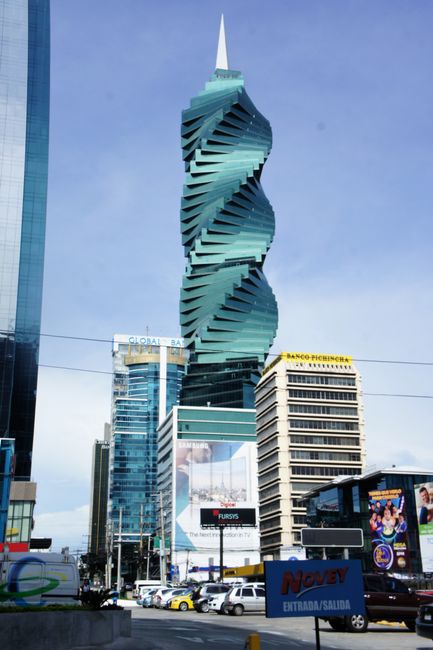
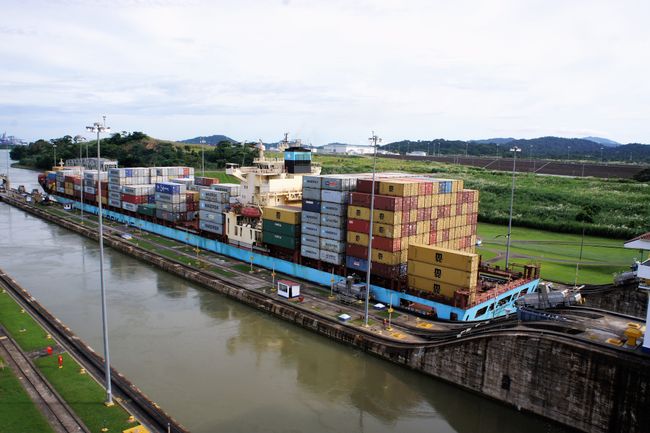
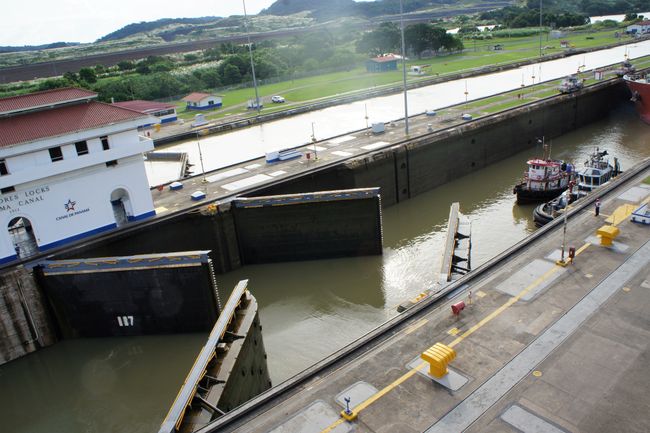
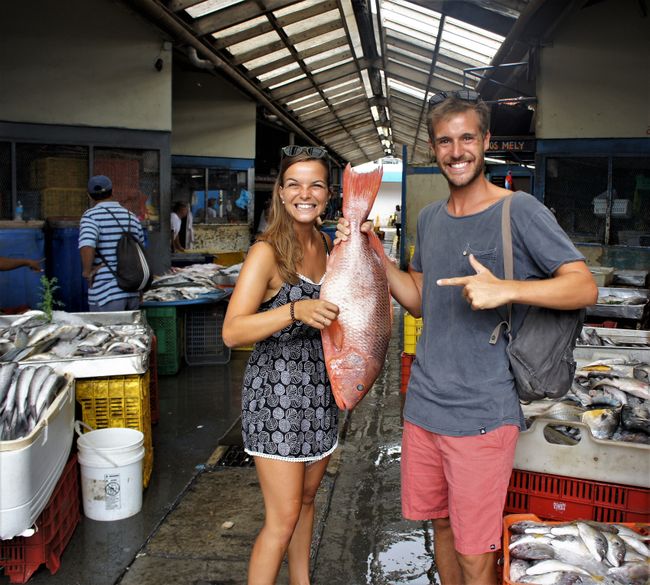
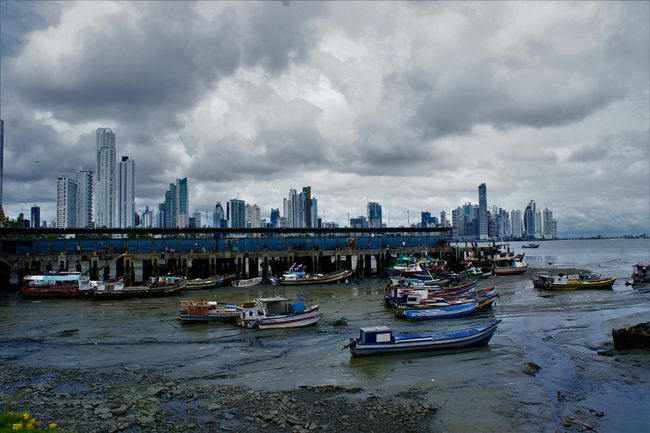
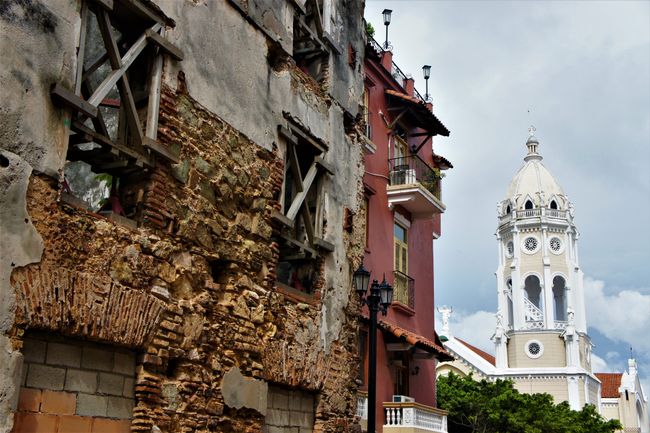
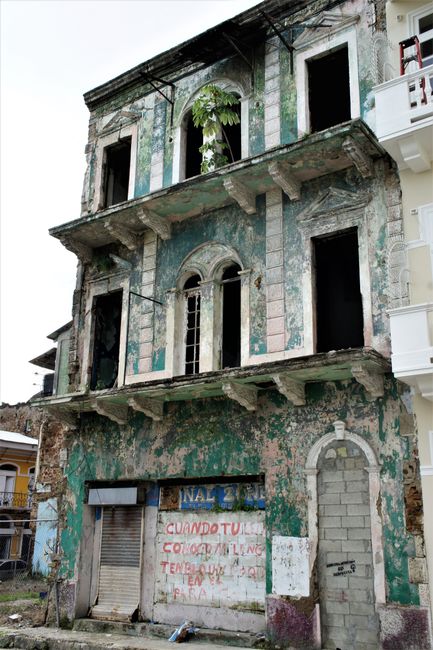
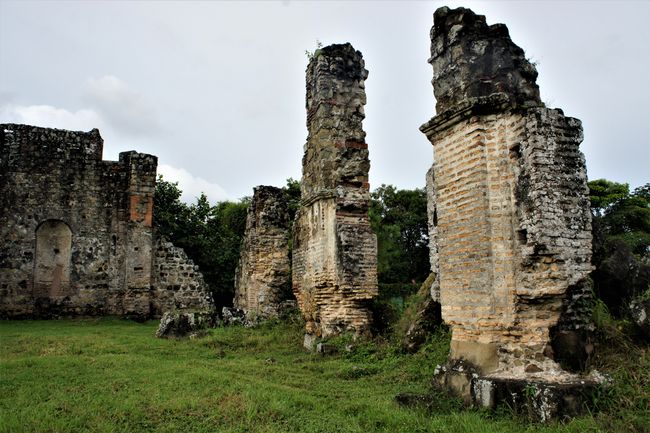
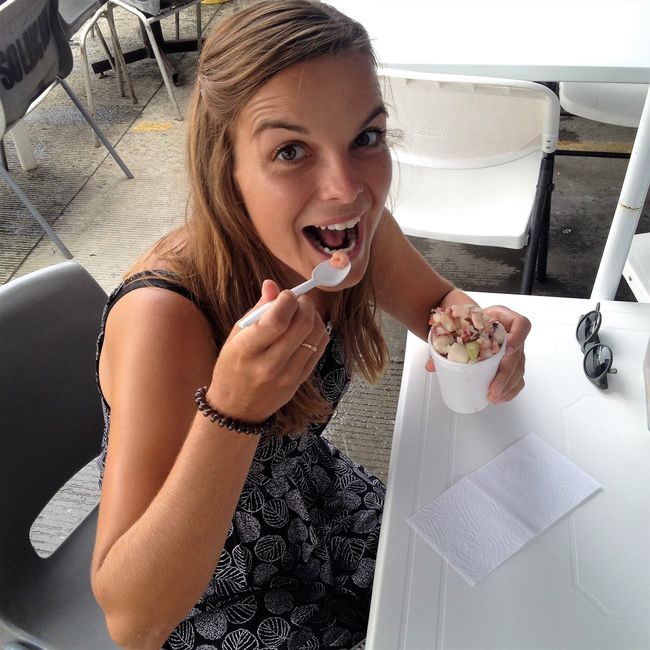
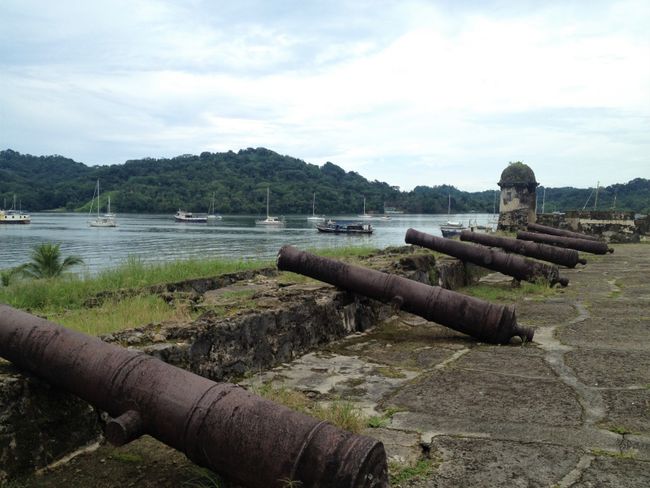
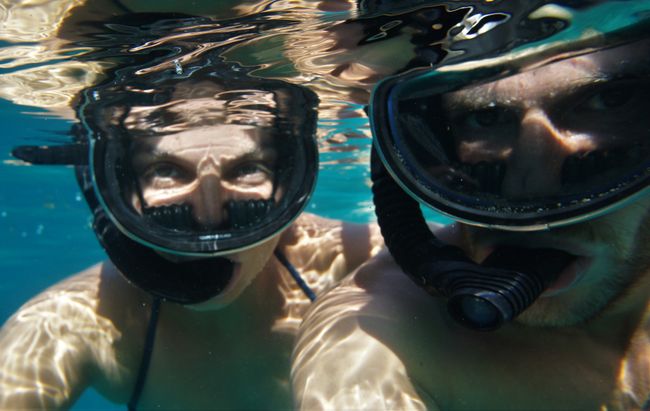
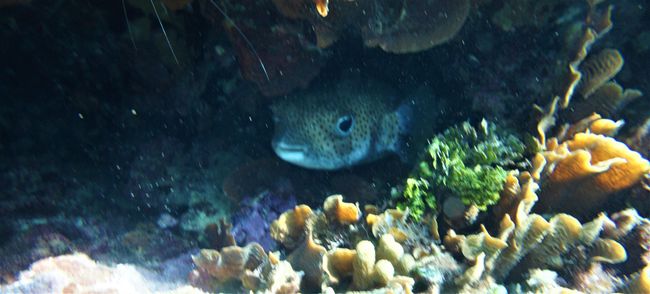
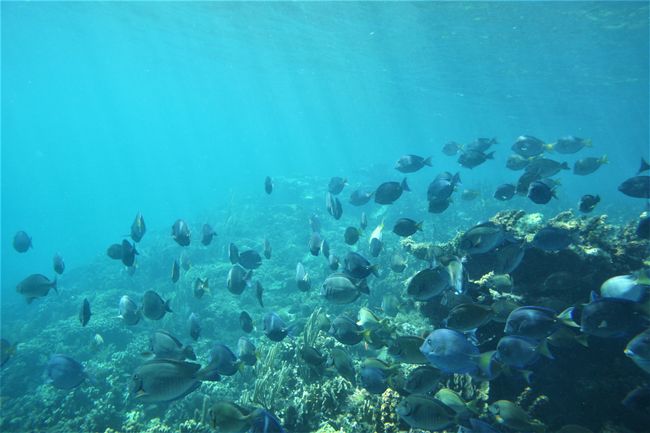
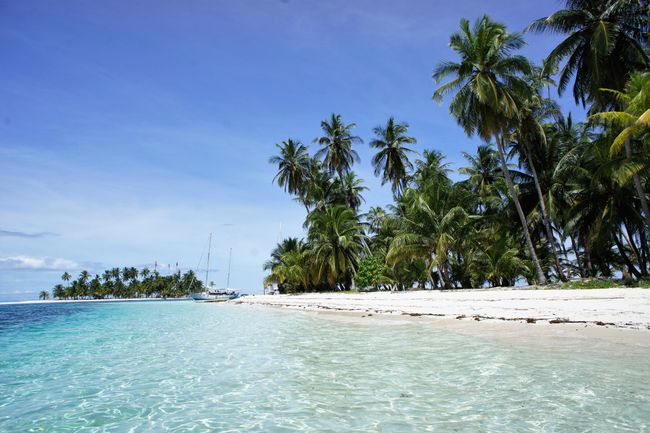
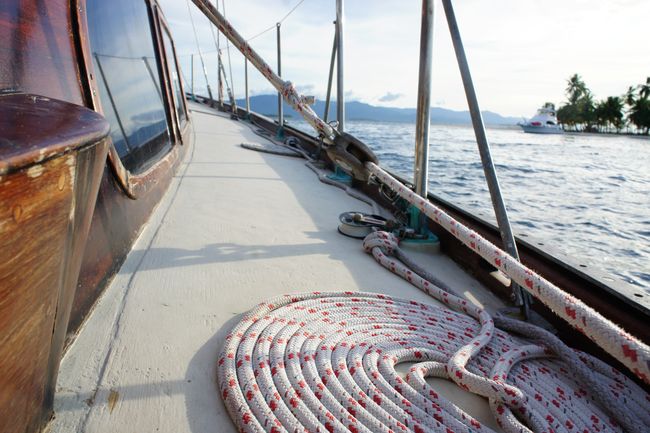
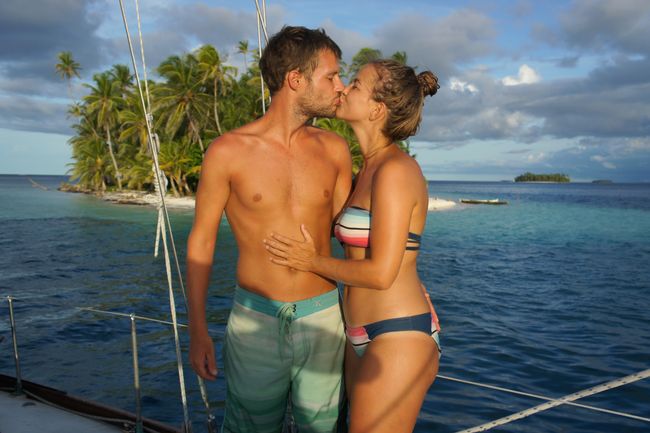
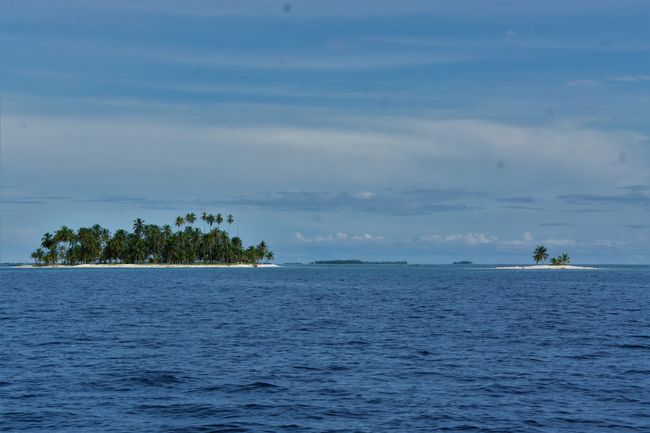
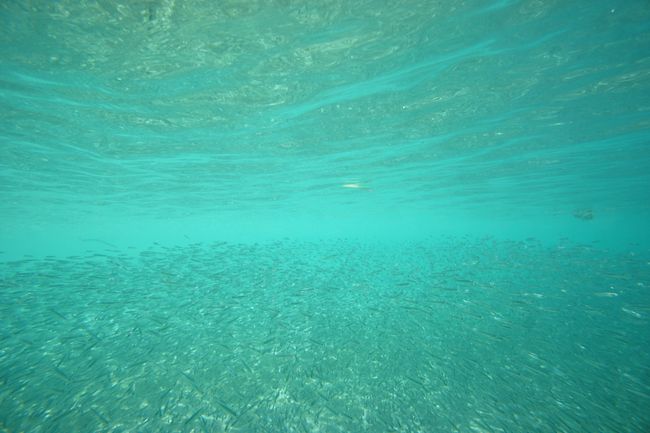
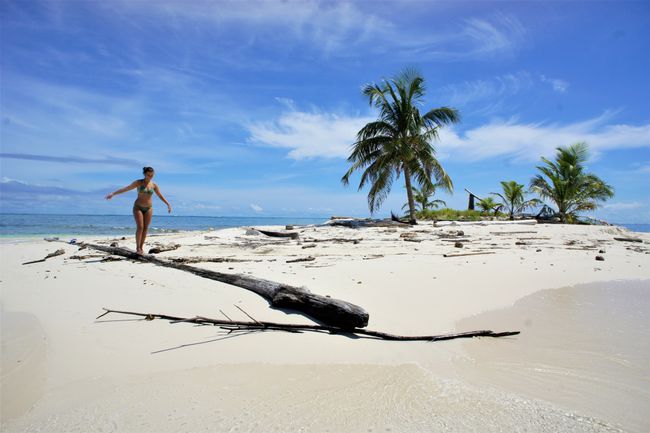
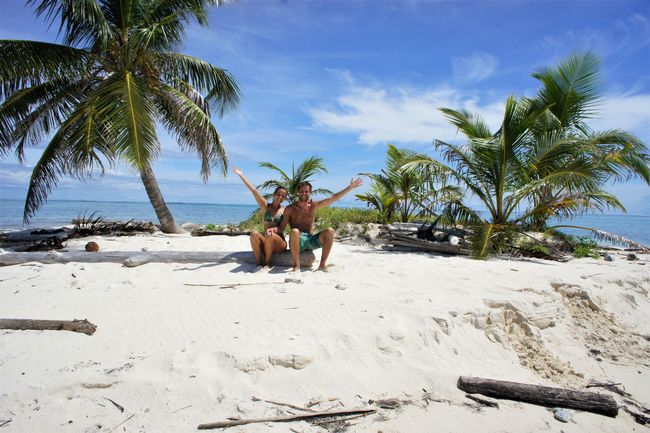
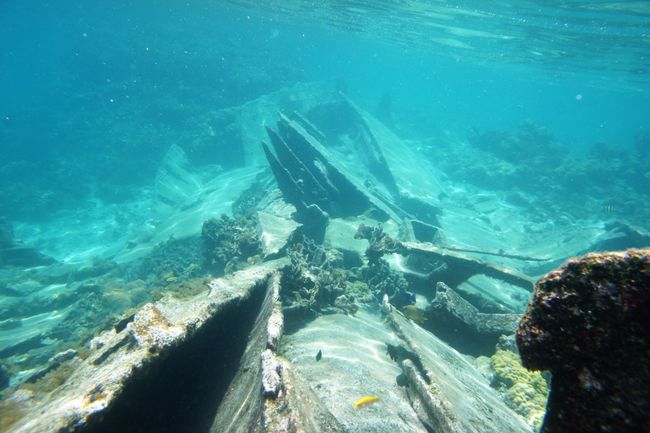
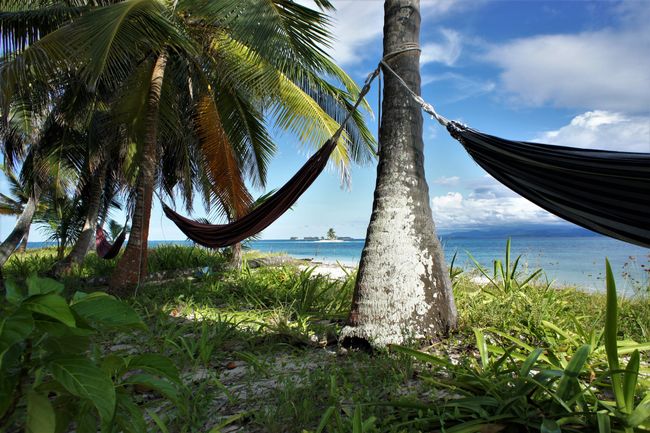
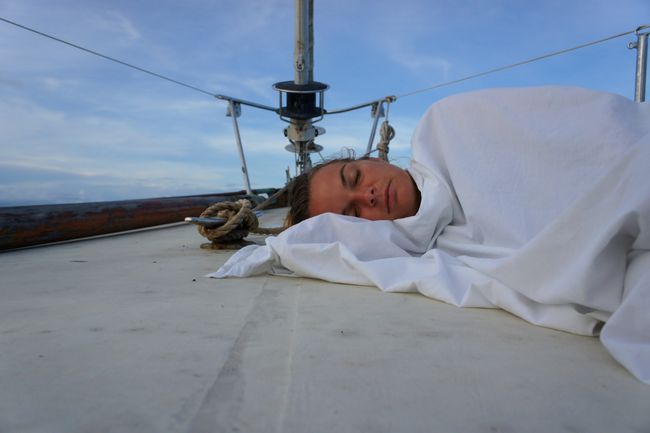
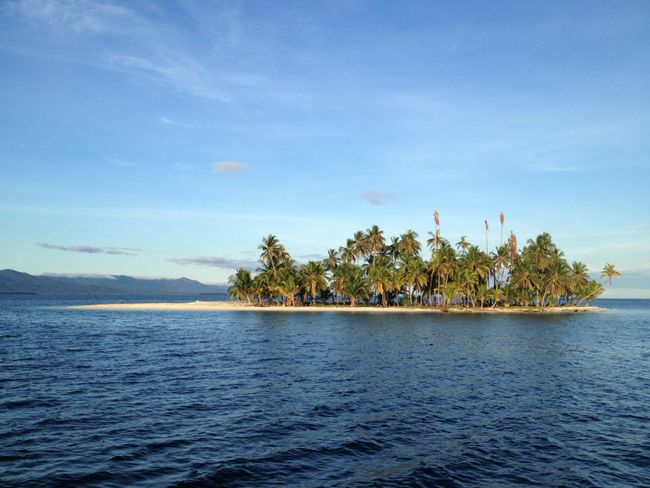
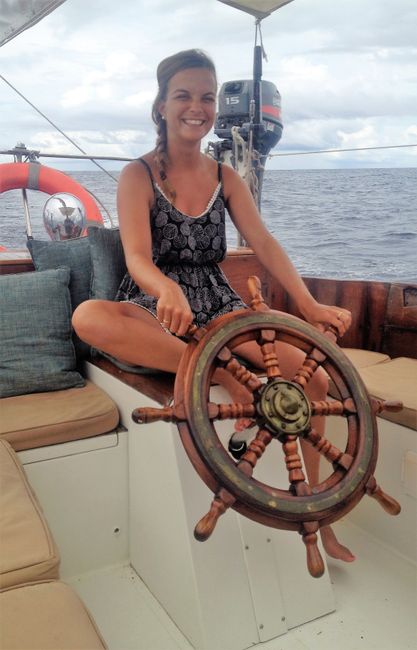
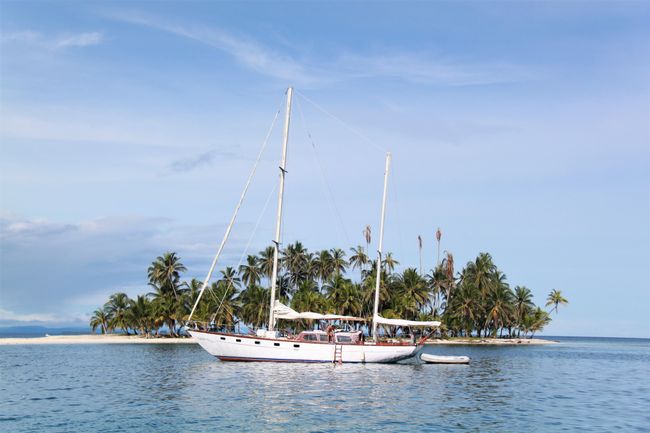
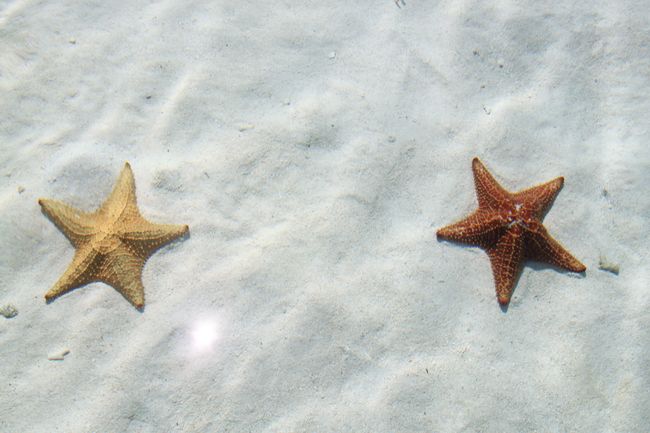
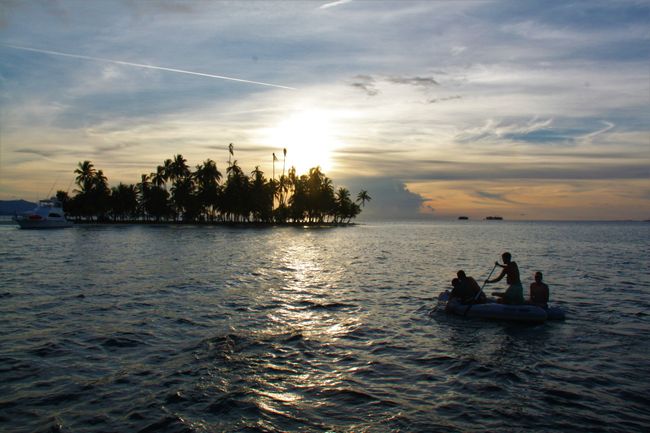
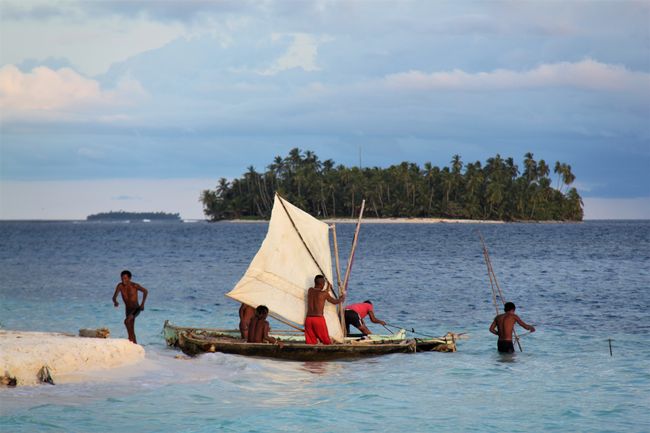
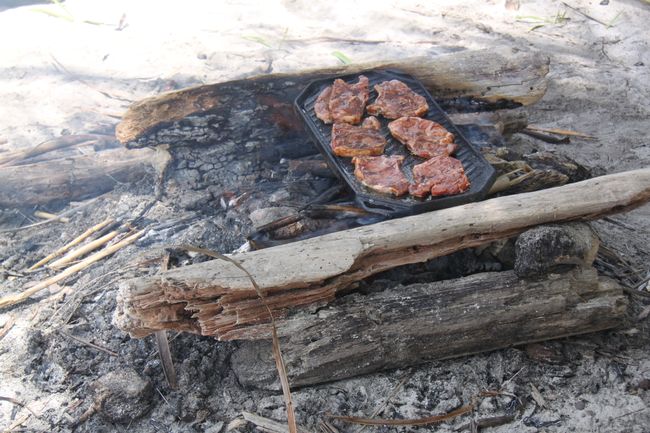
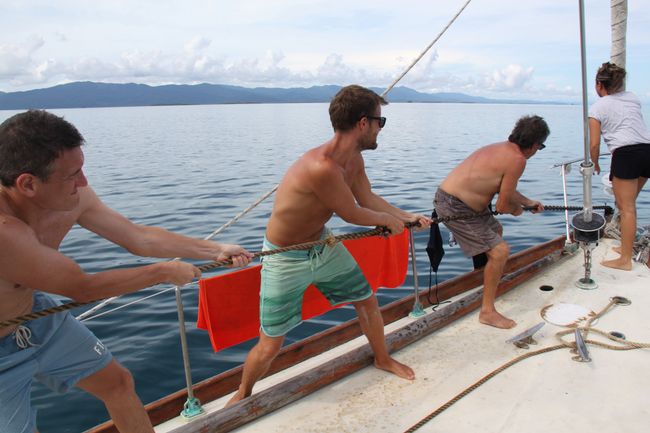
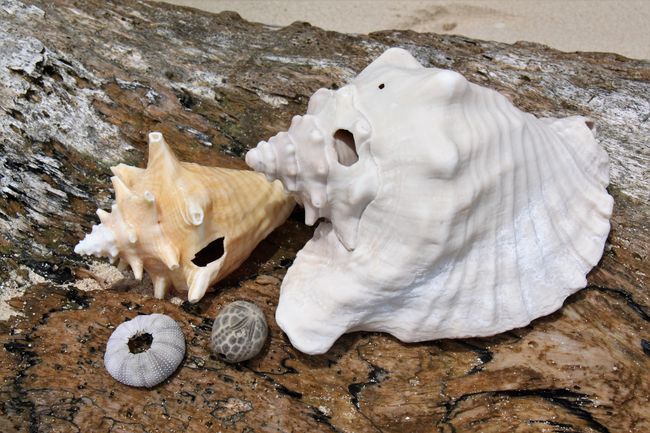
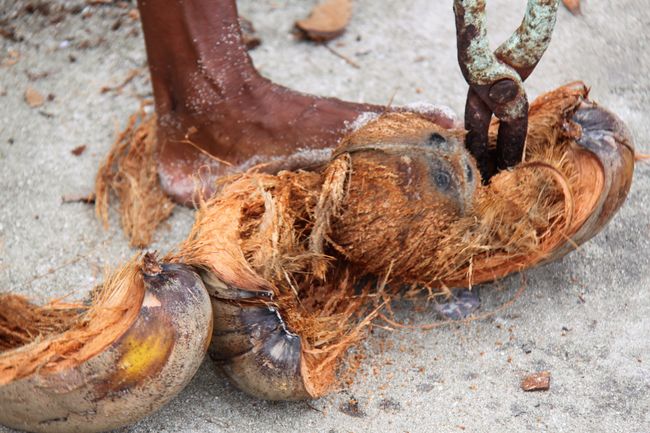
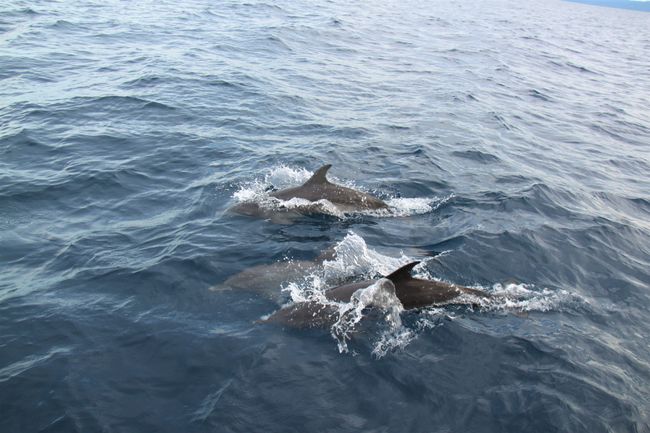
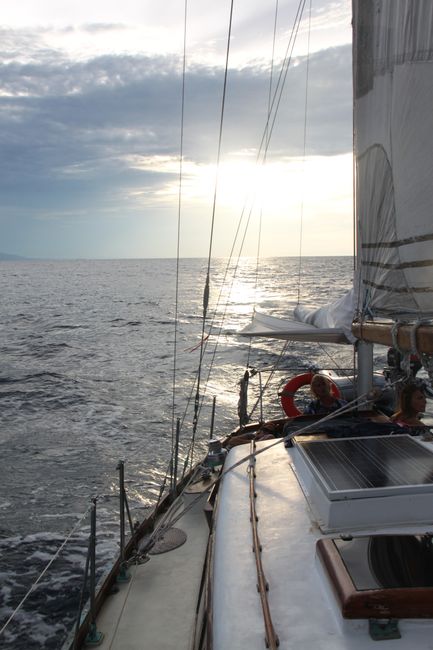
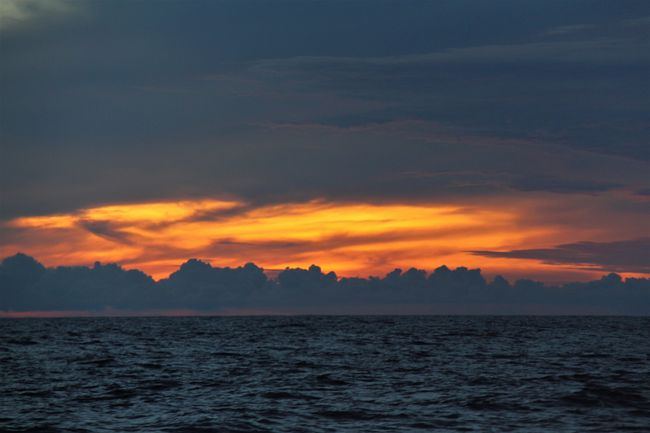
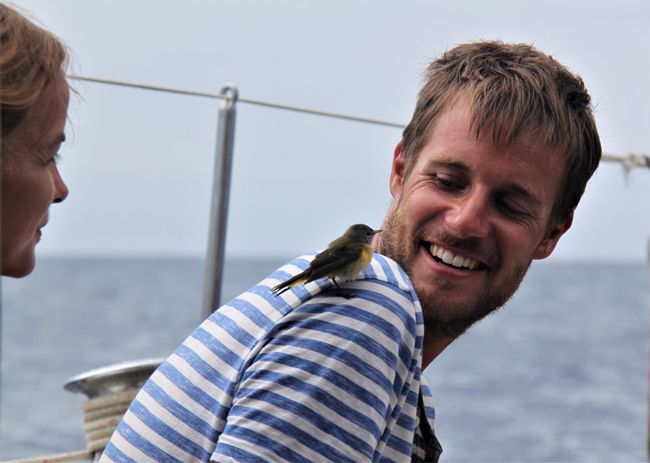
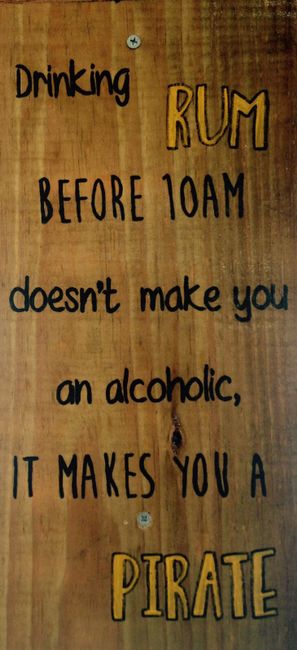
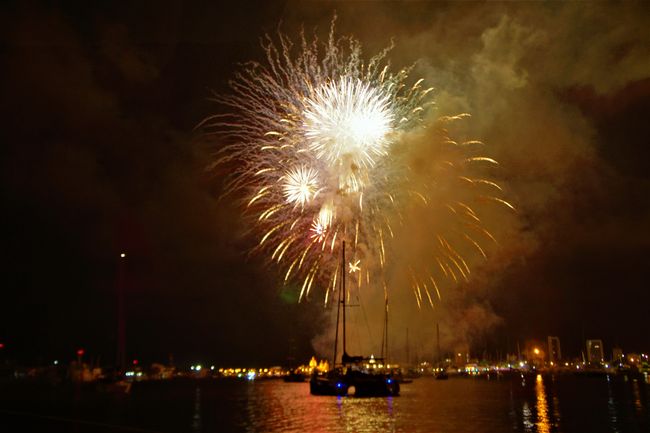
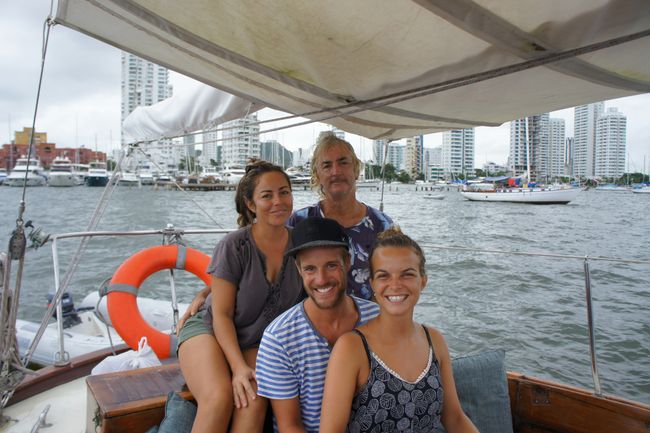
Suscríbete al boletín
What? A banana.
The banana is just one of the many exotic fruits that taste so delicious in Central America. We love it so much because it makes many of our breakfast cereals complete. It is also fascinating how they handle this fruit here. Instead of spraying it with chemicals like the export banana, they pick the still green stem, hang it on a string, let the fruit ripen until it turns yellow and is ripe enough to eat. Special mention should also be made of the pineapple, which has never made its sweetness and aroma more noticeable to us than here. So these exotic fruits are our daily companions whenever possible.
Bocas del Toro
Our first stop in Panama was Bocas del Toro. It is located on the Caribbean side of Panama and has flair. The many stilt houses along the water are particularly characteristic of this small town. We stayed in a small apartment with a spacious kitchen and bathroom. It was excellent for practicing our cooking skills. In the evening, we enjoyed a calm sea with a sunset on our own dock. Apart from a few Colombian fishermen, our romance was undisturbed. Our breakfast, dinner, and homemade rum lemonades tasted twice as good there.
In our last night in Bocas del Toro, we had a nightmare. On the one hand, it was so hot that we both sweated a lot. The fan installed in the room didn't help much either. On the other hand, the storm and the loud thunder were so strong that it kept waking us up from sleep.
Peak experience with Ovo-Stengel
After this heat and the heavy thunderstorm in Bocas, we were looking forward to a slightly cooler mountain region. As soon as we arrived in Boquete, we planned our hike to the highest peak in Panama. We started at midnight to be on the summit of Volcán Barú at sunrise. What a view it was. From the top, we saw the Pacific and the Caribbean at the same time - truly breathtaking! At the highest point, we savored our last Swiss power food. "With Ovo, it doesn't get better, but longer." We held on to this motto during the long descent. The signposts along the way, which motivated us on the ascent, undermined our mood on the way down.
Haiaiai and the same wavelength
Let's go to the surfer's paradise. We almost got too little of the sea. Before we indulged in the playground of green waves in Santa Catalina, we booked two dives on the island of Coiba together with Michael and Alina. This largest island in the Central American Pacific is the little sister of Galapagos. The dives promise many large animals. On the morning of the actual expedition, we prepared all the diving gear for the trip. As soon as we had the right equipment, we received the message that the captain had forgotten to bring the boat out at high tide. When you look at the boats at low tide, they resemble stranded wrecks rather than seaworthy vessels. However, our assumption was that the captain had to sleep off his hangover from the previous night. From the initially negative surprise, the following day turned out to be extremely exciting. We surfed with perfect waves and friends. The next day, we appeared at the dive center at the same time again. This time everything was ready to explore the underwater world in the island environment. We raced about an hour with a very small boat to the first dive site. It started to rain on the way there. The waves were high and intimidating. One of the dive instructors looked more like the leader of a gang of robbers. He wore a cloth over his mouth, a wool cap on his head, and sunglasses. The captain didn't know a comfort zone and thundered over the waves with us as if it were calm seas. At the stern, the dive crew sat with two dive instructors and an assistant. In the front, we sat on the hard wooden benches with our German colleagues. They felt particularly hard because our coccyxes slammed onto the wood with every wave. We held on tight with both hands. The anchor on the bow came loose. With each wave, it flew into the air and struck the boat with full force. Suddenly it landed on Rezi's gear bag, which also contained the diving mask. Not enough yet! These pirates on the boat stored the oxygen tanks stacked on top of each other, so they collided violently with each other with each jump from one wave to the next. We said to each other that we didn't want to go into the water under these circumstances. The storm was upon us. We didn't feel comfortable. We anchored at the first dive spot in heavy rain and got ready for the first dive. They warned us that there was a strong current. We rolled backwards into the water one after the other. It took a lot of strength to swim to the anchor line. Rezi panicked. It was his first dive after his diving training. His mask filled with water, the spare hose spit out oxygen, and the fins were uncomfortable. Dési also had problems with her diving gear. The equipment didn't seem to be in good condition. There was no turning back! We held on tight, and Rezi tried to calm down. When we dove down, the current slowly decreased, and the situation relaxed a bit. We enjoyed the underwater world. There were many schools of fish, turtles, and whitetip sharks to see. The highlight was when we turned around a rock and were surprised by twelve sharks.
The whole day turned out to be very eventful and satisfying. Due to the circumstances of the previous day, the dive center gave us a third dive. It was an exciting day, which we ended with one or two beers and a delicious stone oven pizza.
In the following days, we surfed again until we could hardly move from exhaustion.
Keep your head up
In Panama City, we were particularly amazed by the contrast between the old and the new. We stood in the old town, ate ice cream, and admired the skyscrapers with their different shapes. We stayed in a hostel in the middle of the new town with its many high-rise buildings. Upon closer observation, we even discovered people hanging on ropes on these huge glass fronts to clean the windows - the buildings are big, the people are small.
The Panama Canal fascinated us the most. This masterpiece of engineering has a long history. The freight ships pay based on length and weight when crossing.
In 1928, the American adventurer and travel writer Richard Halliburton swam through the Panama Canal in ten days and paid only 36 cents.
Ship ahoy!
Our probably biggest anticipation was based on the sailing trip from Panama to Colombia. On the day before departure, we had a meeting with Paul, the captain, and his wife. We paid for the trip in cash and handed over our passports. Paul informed us about the upcoming journey to Cartagena. We were amazed and fascinated at the same time by how a couple can live on a sailboat on a daily basis. "Ave Maria" is their home. It is an old sailing yacht that shines with its simplicity and beautifully wooden interior.
When we were on the ship, Paul assigned us a bed. Unfortunately, we were the slimmest ones in the team, so we got the smallest bed in the bunk. The distance from our noses to the ceiling was not much more than a hand's length. But we didn't let this small loss of comfort dampen our mood. The food tasted delicious every day and was freshly prepared. Our Colombian cook Sindry bought fruits and fresh vegetables in advance at the market. She bought fresh lobsters from the islanders in San Blas, who fished every day.
The locals, called "Kunas," live very simply. They eat coconuts, fish, and a lot of rice. The self-built sailboats consist of a hollowed-out tree trunk and a thin wooden mast to which they hang a piece of cloth. "Make use of nature" is their motto. The San Blas island chain has 365 islands, one for each day of the year. However, some of them are only small sandbanks with a few coconut trees. These are islands as children would draw them. What we experienced on this sailing trip was at times almost unbelievable. It was so dreamlike! We get nostalgic thinking about it and still can hardly believe what we were allowed to experience on this boat trip. It's indescribable. Pictures speak louder than a thousand words...
Suscríbete al boletín
Respuesta (1)
Michael
Es hat uns sehr gefreut euch kennenzulernen! Weiterhin eine tolle Reise und viele Erlebnisse!
Liebe Grüße, Alina und Micha
